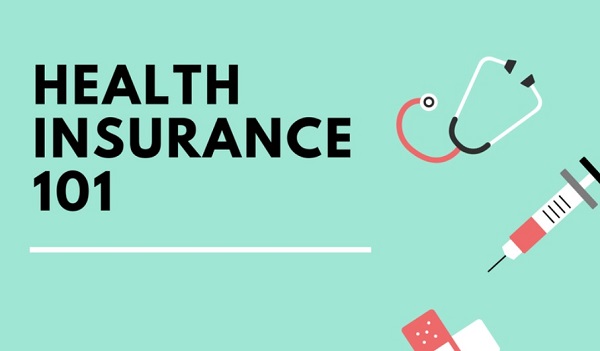
Let’s be real: most of us don’t pay much attention to our health insurance… until disaster strikes. That’s exactly when the fine print kicks in, deductibles hit, and surprise bills sink in. But if you take a minute now to really understand your coverage, you’ll be miles ahead when something unexpected happens.
1. What’s a Premium?
This is the monthly payment you make just to keep your insurance active. Think of it like a gym membership—you’re paying even if you never use it. It’s easy to dismiss… until you need it.
2. Understanding Deductibles
Your deductible is the amount you pay out-of-pocket—doctor visits, tests, hospital stays—before your insurance really starts helping clinics. So, a $1,000 deductible means you’re footing the first $1,000 of care yourself each year.3. What Are Copays and Coinsurance?
- Copay: A flat fee—like $20 for a primary care visit or $10 for generic meds. It kicks in depending on the plan.
- Coinsurance: After meeting your deductible, you split the bill—maybe 20% you, 80% insurance.
These costs sneak up on you—one big test or specialist visit can range from a few hundred to thousands of dollars.
The Golden Rule: Don’t just go for a low premium. A cheap upfront price often hides a scary-high deductible. Aim for that “Goldilocks zone” where you can comfortably afford both your monthly and potential medical costs.
Most policies fit into metal tiers — Bronze, Silver, Gold, and Platinum — which reflect how costs are shared.4. Network is EVERYTHING:
This is where people trip up—sometimes too late.- In-Network: These providers have deals with your insurer—much lower costs. Stick with them.
- Out-of-Network: These can smash your wallet. Even a small out-of-network provider can bring huge surprise bills. Always check ahead—especially for specialists, imaging, or hospital visits.
5. What About Preventive Care?
Good news: routine checkups and screenings—blood pressure, vaccines, mammograms—are often free, even before your deductible kicks in. That’s because catching issues early is better for both your health and insurers.
6. Know When You Can Sign Up
Open Enrollment happens once a year—miss it, and you’re locked in. Unless you hit a Special Enrollment window (job change, move, new baby, etc.).
If you’re uninsured, explore Medicaid, CHIP, and community clinics that help with sign-up.
7. Pick the Right Plan for You
Maybe you're healthy and just want cheap monthly premiums. Or maybe you take meds or expect a surgery—then a plan with higher premiums but lower cost-sharing makes sense. It’s all about matching the money you pay now to what you might owe later.
8. Keep Good Records
Save your EOBs (Explanation of Benefits). Review bills carefully. If something looks wrong, appeal it. Many surprise charges can be fixed—if you catch them.
9. Talk to Your Insurer Before Major Care
Thinking about surgery, a new medication, or a pricey test? Make a quick call:
- Is the provider in-network?
- Will it count toward my deductible?
- Do I need prior authorization?
That five-minute call often saves hundreds—no joke.
🎯 Final Thoughts
Health insurance isn’t just another monthly bill—it’s your financial safety net. It works best when you understand how it works. Know your premium, deductible, copays, coinsurance, provider network, and limits. Then, when life throws a curveball, you’re ready.



0 Comments